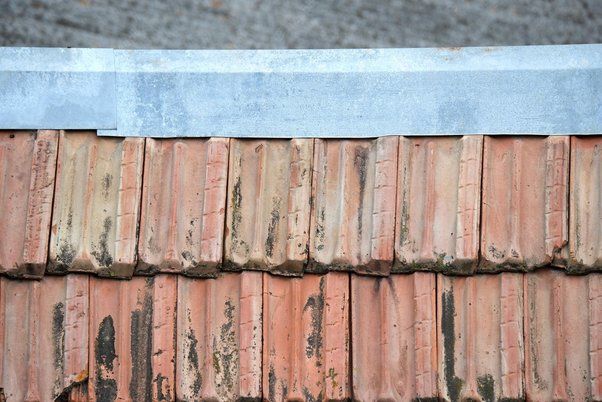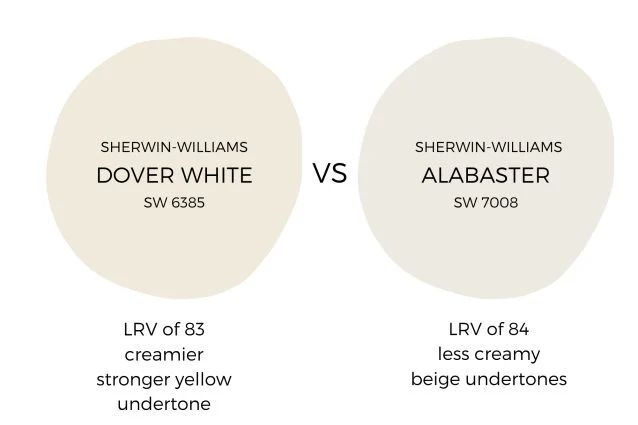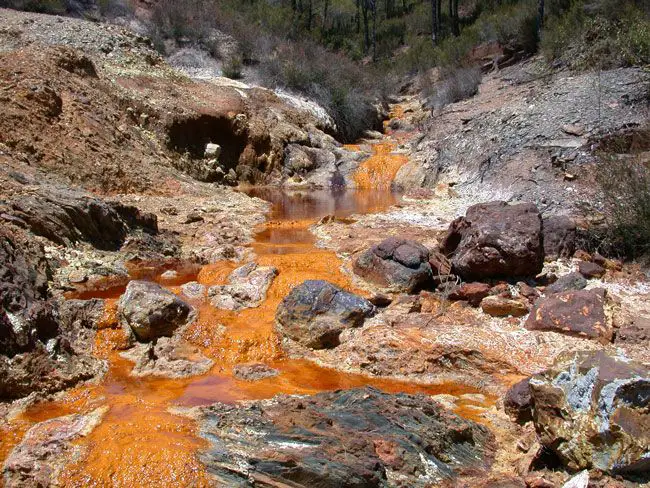Is Air Dry Clay Good For Making Figures?
What is Air Dry Clay?
Air dry clay, also known as modeling clay, is a non-toxic, biodegradable type of crafting clay that hardens naturally when left out to dry in the air. Unlike clays that require baking, firing, or exposure to other methods to solidify them, air dry clay will simply harden when it is exposed to regular room temperature air for an extended period of time. The main ingredients in air dry clay are water, sand or pulverized clay, and cellulose-based binders like methyl cellulose, carboxymethyl cellulose, or hydroxyethyl cellulose.
These binders give air dry clay its structure and pliability when wet, and stiffness when dry. The clay remains malleable and workable as long as it is kept moist and sealed from air exposure. Once exposed to air over time, the water in the clay evaporates while the binders harden and set the clay permanently into whatever form it was shaped. This makes air dry clay useful for arts and crafts, DIY and hobby projects where firing kilns and ovens may not be accessible.
The key difference between air dry clay and polymer clay is that polymer clay is a synthetic plastic compound that cures and hardens through a chemical reaction rather than air drying. Polymer clay requires special handling as it can be toxic before curing, and it does not effectively biodegrade. In contrast, air dry clay is a natural clay composite that cures through moisture evaporation alone.
Advantages of Using Air Dry Clay
Air dry clay has several key advantages that make it an accessible and convenient sculpting material for both kids and adults. Here are some of the main benefits of using air dry clay:
Doesn’t require baking or firing – Unlike ceramic clays that need to be fired in a high heat kiln, air dry clay will cure and harden at room temperature. This makes air dry clay extremely beginner-friendly and safe for all ages.
Dries quickly at room temperature – Air dry clay will fully cure and harden into a permanent sculpture within 24-48 hours. This quick dry time makes it easy to complete projects in a short timeframe.
Low cost and easily accessible – Air dry clays are very affordable, especially compared to other sculpting materials. Air dry clay can be readily found at most craft stores and online retailers, making it conveniently accessible for casual sculpting and craft projects.
Disadvantages of Air Dry Clay
While air dry clay is very versatile, it does have some downsides to be aware of. The main disadvantages are:
Brittle when completely dry – One of the biggest disadvantages of air dry clay is that it becomes brittle and fragile when it is fully cured. This makes it unsuitable for projects that will be handled a lot or exposed to bumps and knocks. The clay can easily chip or break if it dried out fully.
Can crack if dried too quickly – Air dry clay dries through evaporation. If it loses moisture too quickly, air pockets can form inside the clay causing cracks on the surface. To avoid this, clay should be dried slowly at room temperature away from direct heat sources.
Limited working time – Although air dry clay remains malleable compared to other clays, it does start to firm up over time. This gives you a finite window to work the clay before it becomes too stiff and difficult to manipulate. The working time can range from 1-3 hours before it starts to harden depending on the brand.
Best Uses for Air Dry Clay
Air dry clay is ideal for making simple figures and shapes. Its soft and malleable texture makes it easy to sculpt by hand into whatever form you desire. Unlike other clays that require firing, air dry clay will harden at room temperature. This makes it perfect for temporary sculptures or crafts that don’t require long-lasting durability.
Air dry clay is also great for minor detailing work. You can use it to add textures, patterns, or accents to projects made from other materials. For example, you could make flowers, leaves, or other embellishments out of air dry clay and attach them to a wood or papier mâché box. The lightweight nature of air dry clay makes it suitable for delicate detailing without adding a lot of weight.
Overall, air dry clay works best for crafts, toys, decorative objects, and other non-permanent sculpting projects. If you need something sturdier or more durable, a clay that requires firing in a kiln would be a better choice. But for simple at-home creations, air dry clay provides an accessible and easy-to-use sculpting medium.
Worst Uses for Air Dry Clay
While air dry clay is versatile, there are some uses that it is not well-suited for:
Large or Complex Sculptures: The lightweight nature of air dry clay means that larger sculptures can be brittle and prone to cracking and breaking. Air dry clay lacks the structural strength for complex shapes with thin extensions or unsupported areas.
Items Needing Durability: Pieces made from air dry clay are relatively fragile and susceptible to dents, chips, and scratches. Air dry clay is not ideal for items that will be frequently handled or exposed to potential damage.
Outdoor Pieces: Air dry clay contains water, so it can be sensitive to moisture. Outdoor pieces exposed to rain, snow, and humidity tend to become soft and degraded when made with air dry clay. It also lacks the UV resistance needed for prolonged sun exposure.
Tips for Working with Air Dry Clay
When working with air dry clay, following some basic tips will help you get the best results:
- Store unused clay in an airtight container or plastic bag. This prevents the clay from drying out.
- Knead the clay thoroughly before starting to work with it. This makes the clay soft and pliable.
- Work in thin layers when building up a sculpture. Adding clay in thin, even layers allows each layer to dry properly before adding the next.
Following these simple tips will make air dry clay easier to work with and help you avoid cracking or breakage in finished pieces.
Making Figures with Air Dry Clay
Creating detailed figures with air dry clay requires some special techniques, but the lightweight nature of the material makes it an accessible option even for beginners.
Starting with a wire or other material armature provides essential interior support for figures. This allows you to bulk up thin protrusions like limbs and build over framing for larger sculptures without collapse. Aluminum wire, cocktail sticks, rolled up foil, and twisted paper make suitable armature materials before adding clay.
When just beginning with air dry clay, it’s best to start simple. Basic geometric shapes like balls, eggs, and tubes allow you to create most any form. Stack spheres for bodies, pinch tapered cones for limbs, and attach details like ears or tails as you build confidence.
As you construct your figure, continuously smooth joints and seams by gently pressing and smoothing with your fingers. This removes visible crack lines for a flawless finished surface. Use water or air dry clay slip to firmly join separate pieces. With practice, you can create detailed professional sculptures that don’t betray their handmade craftsmanship.
Other Options vs. Air Dry Clay
Air dry clay has some limitations, so you may want to consider other options depending on your project. Here are some alternatives:
Polymer Clay
Polymer clay is an extremely versatile modeling compound that air dries to a strong, durable finish. It comes in a variety of colors and finishes and can be blended, shaped, molded, sculpted, textured and painted. Polymer clay requires baking to harden fully. It’s great for detailed work and making durable items like jewelry, figurines and decorative objects.
Epoxy Clay
Epoxy clay is a two-part putty that cures at room temperature into a hard, durable material. It bonds strongly to itself and many other materials, making it ideal for repairs and complex multi-part sculptures. Epoxy clay doesn’t shrink and resists cracking and chipping. It’s available in various colors. The curing time can be adjusted based on the ratio of hardener to resin.
Traditional Clays
Traditional clays like pottery clay, ceramic clay and modeling clay offer more versatility in finishes than air dry clay. They can be fired at high temperatures to create strong, permanent pieces. Traditional clays require more tools, skills and access to a kiln, but provide professional quality results. They are great for pottery, sculpture and custom ceramic work.
Safety Considerations When Using Air Dry Clay
When working with air dry clay, it’s important to take some basic safety precautions:
Dust can irritate eyes and skin – Like any fine powder, air dry clay dust can be irritating if it gets in your eyes or on your skin. Be sure to work in a well-ventilated area and avoid touching your face when working with the clay. Wash your hands thoroughly after use.
Wash hands after use – In addition to the potential skin irritation, it’s important to wash your hands after sculpting to remove any clay residue. The dust can spread easily from your hands to surfaces, food, etc. Regular hand washing helps keep it contained.
Keep out of reach of children – Air dry clay is generally non-toxic, but small children may try to eat it which could present a choking hazard. Store unused clay sealed in an airtight container and out of reach of kids.
By following these basic safety tips, air dry clay can be used safely by artists of all ages. Just be mindful of the dust and wash up when you’re done sculpting.
Final Verdict
In summary, air dry clay offers some significant advantages as well as a few drawbacks when making figures. The main pros are that it’s inexpensive, easy to work with, dries fast, and doesn’t require baking. The downsides are that it can be brittle once dry, may shrink or crack as it dries, and figures may not have very fine details.
For simple figures, basic shapes, and items that don’t need a lot of structural integrity, air dry clay works beautifully. It’s ideal for beginning modelers, kids’ craft projects, temporary items, and pieces that don’t require ultra-smooth finishes. The fast dry time and no-bake required aspects make it extremely convenient.
For more advanced modelers wanting greater strength, durability, and ability to sculpt finer details, polymer clays that require baking may be preferable. Though they’re pricier and have a longer drying time, polymer clays allow extremely smooth finishes and intricate detailing. The baked pieces will be stronger and last longer without chipping or cracking. So for serious hobbyists and artists, polymer clays are likely the better choice.




